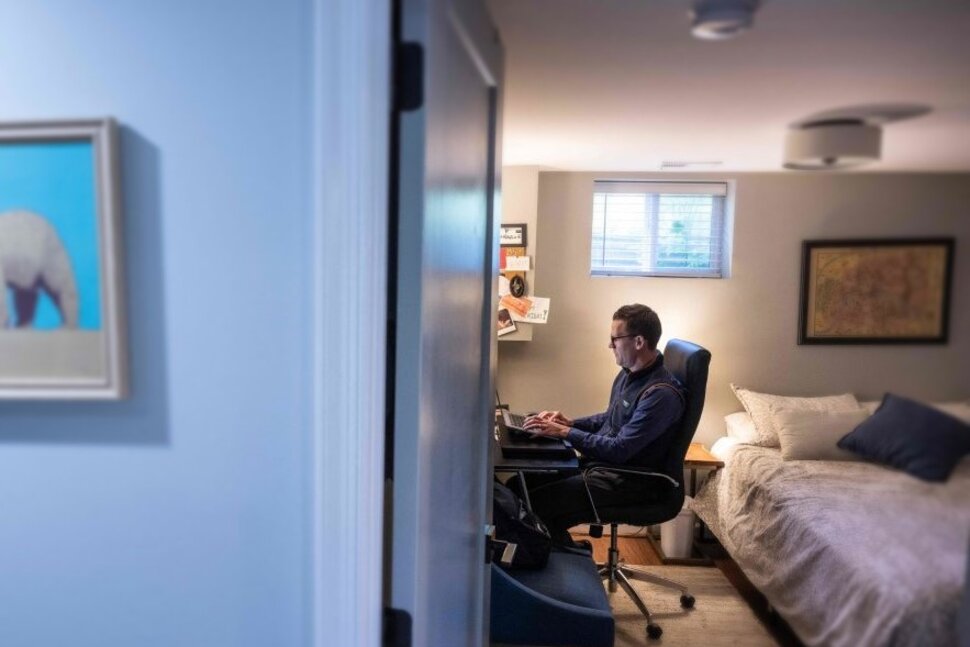It may turn out to be one of the lasting legacies of the COVID-19 pandemic.
When the country shut down nearly four years ago and millions stayed home rather than head into the office, remote work set off a chain reaction that not only changed how Americans do their jobs but also upended the real estate industry and population patterns.
In contrast, areas that have developed as suburban enclaves of larger cities have experienced an increase. Glendale, Arizona, a suburb of Phoenix, saw a 37.5% increase while Arlington, Texas, a suburb of Dallas, saw an 18.6% gain.
“There are a couple of things going on in terms of demand for housing, whether it’s full-time work from home or hybrid,” says Brad Case, chief economist for Middleburg Communities, a developer of single-family and multi-family rental homes in the Mid-Atlantic and Southeast. “That’s going to have more of an effect in suburban areas than central areas. “If you are working full-time from home, you don’t want to be in downtown San Francisco or New York. “The real kicker is this encourages the jobs themselves to move.”
It is hard to say what is the chicken and what is the egg. A Zillow survey of the nation’s top housing spots for 2024 found that people across the country are increasingly relocating to places where housing costs are more affordable. And those are also places where jobs are growing the fastest. These include Charlotte and Raleigh, North Carolina; Orlando and Jacksonville, Florida; and Houston and San Antonio, Texas. These are all places that are attractive to remote workers.
Lightcast’s 2023 Talent Attraction Scorecard, a rating of the top 10 states for attracting and retaining workers, found Florida and Texas taking the two top spots. But Vermont, a state that in 2018 launched a program to pay people to move to the Green Mountain State, rose to No. 3 on the list from a position of 30th a year ago. Vermont is no longer running the program, although state officials have branded it a success.
Among the largest counties on the list, six were in Texas and three in Florida. Both states benefited from open policies during the pandemic and were among the hottest housing markets during the past three years. Many people fled places like New York and California, where COVID-19 lockdowns were the most pronounced, in search of homes in warmer climates where they could still be outside if they had to wear masks.
“One of the big changes is that all of a sudden, people wanted a whole lot more space,” says Ghent of the University of Utah. “You’re moving to where the housing is cheaper.”
Not that it is all rosy when it comes to remote work. Many large companies are trying to get their employees to return to work, with mixed success, and experts say that remote work is not as effective when it comes to mentoring workers and engaging in the kinds of collaboration that can lead to new products and more efficient teamwork.
“How do you build culture when people are never together,” asks Workforce Software’s Moran. But, she adds, “the idea we could all be in offices at one time is impractical at this time.”
And, as Ghent and her colleagues note, while improvements in work-from-home technology have increased productivity, this “will lead to a further widening of income inequality because WFH technology is more widely available to high-skill workers.”
Still, it does not look like the shift to remote work is likely to reverse anytime soon.
“Importantly, the data shows remote work is stable over the last year and, if anything, has increased slightly,” according to an October analysis from the Economic Innovation Group. “There is no sign that return-to-office is gaining steam on a national scale.”

